Réglages du respirateur d'un patient sous ECMO veino-veineuse pour un syndrome de détresse respiratoire aiguë en dix questions.
DOI :
https://doi.org/10.37051/mir-00104Mots-clés :
ARDS, ECMO, Mechanical ventilationRésumé
L'extracorporeal membrane oxygenation veino-veineuse (ECMO-VV) est une assistance respiratoire extracorporelle qui permet d'assurer les échanges gazeux en cas de syndrome de détresse respiratoire aiguë (SDRA) réfractaire. La ventilation invasive sous ECMO-VV a pour objectifs de diminuer l'agression pulmonaire en lien avec les ventilator associated lung injuries et de participer à l'oxygénation du patient. Il n'existe pas à ce jour de données issues d'études randomisées contrôlées sur les stratégies de ventilation sous ECMO-VV. Ainsi, les paramètres appliqués sont basés sur les données issues des études comme EOLIA ainsi que des données observationnelles rapportant les pratiques des ECMO centers. La ventilation sous ECMO-VV, "ultra-protectrice", est guidée par les habitudes de chaque service. L'Extracorporeal Life Support Organization propose, dans les recommandations de 2020, un réglage initial du ventilateur en pression avec une PEP à 15 cmH2O, une pression inspiratoire à 25 cmH2O et une fréquence respiratoire à 5 cycles par minute. L'intensité de la ventilation pourra être augmentée pour optimiser les échanges gazeux en cas d'hypoxémie persistante sous ECMO-VV, ou, au contraire, diminuée pour rendre la ventilation potentiellement plus protectrice. L’objectif de cet article est de répondre aux questions fréquemment rencontrées concernant la ventilation invasive du SDRA réfractaire sous ECMO-VV.


